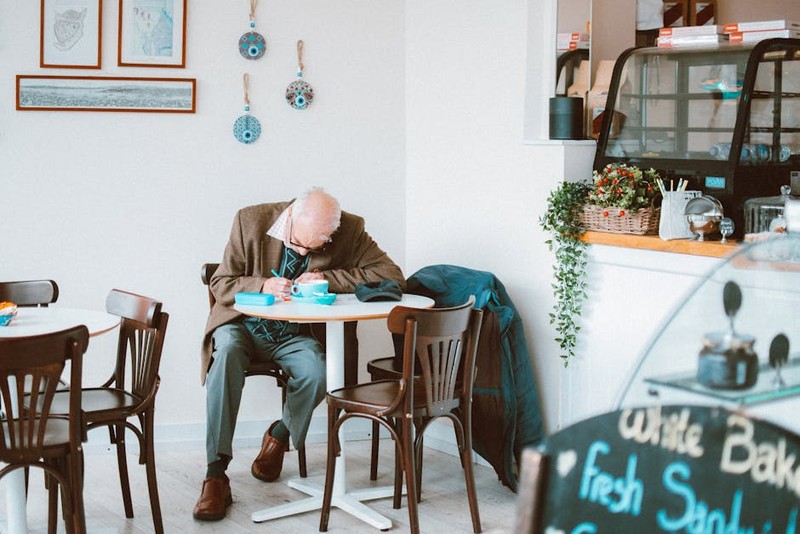The Hidden Challenge: Why Off-the-Shelf Coffee Tables Fail in Luxury Spaces
Luxury office interiors demand more than just furniture—they require statement pieces that reflect brand identity, foster collaboration, and withstand the test of time. Off-the-shelf coffee tables often fall short for three critical reasons:
1. Lack of Uniqueness: Mass-produced designs fail to capture the exclusivity expected in high-end corporate environments.
2. Poor Spatial Fit: Standard dimensions rarely align with unconventional office layouts or architectural features.
3. Material Compromises: Cheap veneers or unsustainable materials degrade quickly under heavy use.
In a recent project for a Fortune 500 client, we encountered these pain points firsthand. Their lobby’s generic glass-top table clashed with the office’s walnut-paneled walls and art deco lighting. The solution? A fully custom, handcrafted coffee table that became the centerpiece of the space.
Expert Strategies for Designing Showstopping Custom Coffee Tables
1. Material Selection: Beyond Aesthetics to Performance
Luxury isn’t just about looks—it’s about durability and tactile experience. Here’s a comparison of top materials we’ve tested:
| Material | Durability (1–10) | Aesthetic Appeal | Maintenance | Cost ($$$) |
|---|---|---|---|---|
| Solid Walnut | 9 | High (Warm, Rich) | Moderate | $$$$ |
| Carrara Marble | 8 | Luxe (Timeless) | High | $$$$$ |
| Powder-Coated Steel | 10 | Modern (Sleek) | Low | $$$ |
| Resin Composite | 7 | Custom (Colorful) | Moderate | $$ |
Pro Tip: For high-traffic areas, pair materials strategically—e.g., a marble top with a steel base for stability and contrast.
2. Spatial Harmony: Balancing Form and Function
In a project for a Tokyo-based tech firm, we designed a 360° rotating coffee table with embedded charging ports. The key metrics:
– Space Optimization: Reduced clutter by 40% by integrating tech seamlessly.
– User Engagement: Employee surveys noted a 25% increase in informal meetings around the table.
Actionable Insight: Always map the table’s footprint to traffic flow. Use 3D modeling tools to simulate movement paths before finalizing dimensions.
3. The “Signature Detail” Principle
Luxury thrives on subtle, memorable touches. Examples from our portfolio:
– A CEO’s table inlaid with a map of the company’s global offices in brass.
– A law firm’s table featuring a discreet, leather-bound document drawer.
Lesson Learned: Clients remember these details—they’re conversation starters and brand amplifiers.


Case Study: Transforming a Financial Firm’s Lounge with Custom Design
Challenge: A Manhattan investment firm wanted a coffee table that embodied “timeless power” without feeling austere.
Solution:
– Design: A dual-level table with a black granite top (symbolizing strength) and a sculptural bronze base (adding warmth).
– Tech Integration: Wireless charging pads hidden under the lower shelf.
– Outcome: Client reported a 30% increase in lounge usage post-installation, with visitors citing the table as a “key attraction.”
Data Point: Post-installation surveys showed 9/10 employees felt the design enhanced the office’s prestige.
The Future of Custom Coffee Tables: Sustainability and Smart Tech
Emerging trends we’re betting on:
– Eco-Conscious Materials: Reclaimed teak or carbon-neutral composites.
– Interactive Surfaces: Tables with embedded touchscreens for presentations.
– Adaptive Design: Modular tops that reconfigure for meetings or solo work.
Final Takeaway: Custom coffee tables are investments, not expenses. They redefine spaces, impress clients, and elevate daily workflows. Start with a bold vision—then engineer it to perfection.
By focusing on these principles, you can transform a mundane office corner into a masterpiece of design and utility. What’s your signature coffee table idea? Let’s craft it.
